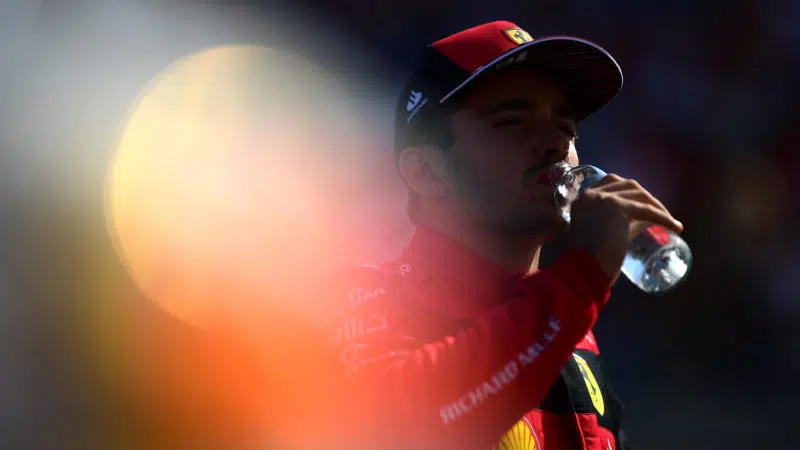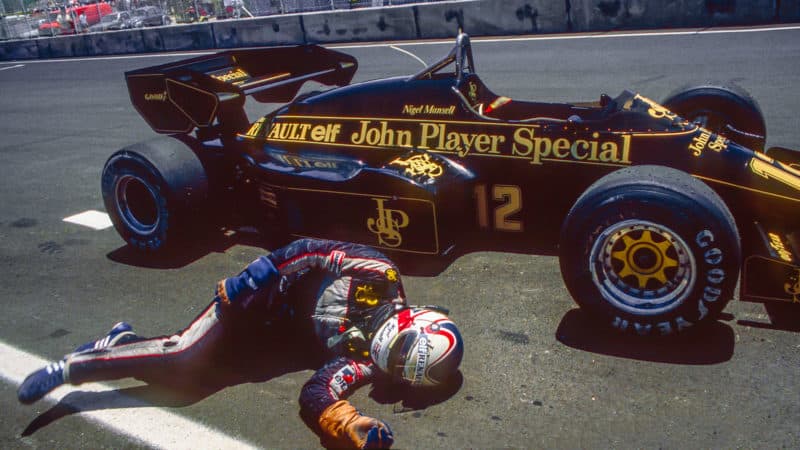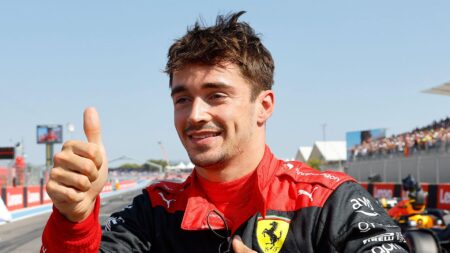“They can try and recreate those situations on a fitness bike, running or any type of fitness activity so that when they’re in the car, they’re better able to perform.
“Generally people will go away for a couple of weeks whether that be in Spain, Portugal or elsewhere. Then you also have driver testing, like in Bahrain for example, where you do get a lot of laps in and kind of acclimatise that way as well.”
Drivers will also ‘top-up’ mid-season, using hotel saunas for workouts, according to Red Bull. A 2011 study for the Chinese electric power industry found “significant” results from heat acclimatisation. Combined with drivers’ high fitness levels, which reduce the need to exert themselves, it can help them endure racing in higher temperatures.
Expect to see plenty of chiller vests on the grid at Paul Ricard. These contain ice to cool drivers up to the moment that they get into their cars, although some drivers are in favour of the more traditional wet towel around their neck method.
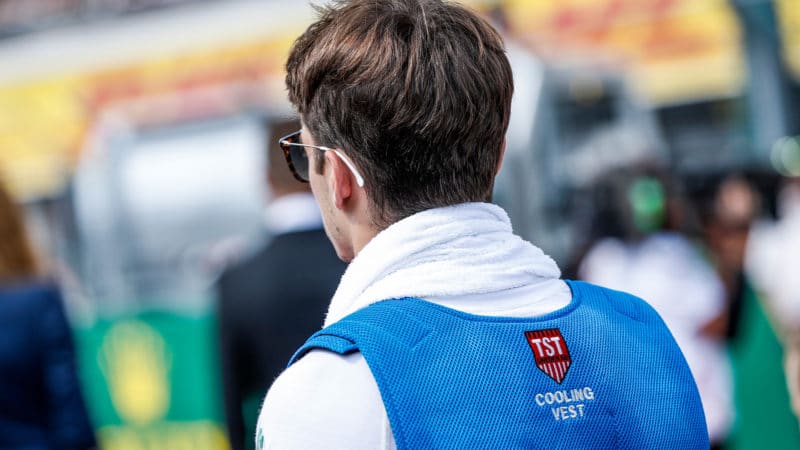
Cooling vests prevent keep body temperatures down until drivers get into their cars
DPPI
While sat on the grid, fans sat next to dry ice, will often direct a cool blast towards the cockpit until moments before the formation lap.
Once on the move, internal thermometers, which are swallowed and communicate wirelessly with a receiver worn by the driver, can help physios keep an eye on a driver’s health from within the cockpit. Temperatures there can easily reach 50C in cool conditions, says Red Bull.
With the heat comes the problem of dehydration. Drivers can lose 3kg of sweat during a race, all with little cooling effect given the layers that they are wearing.
Drivers can use a drinks bottle, but it’s only a partial solution: the need to keep weight down means that the typical capacity is between 700ml and 1.2l (weighing 700g to 1.2kg), while it the water quickly gets warm, close to the tightly-packed power unit. Some drivers, including Lando Norris and Zhou Guanyu typically shun the drinks bottle altogether as a result.
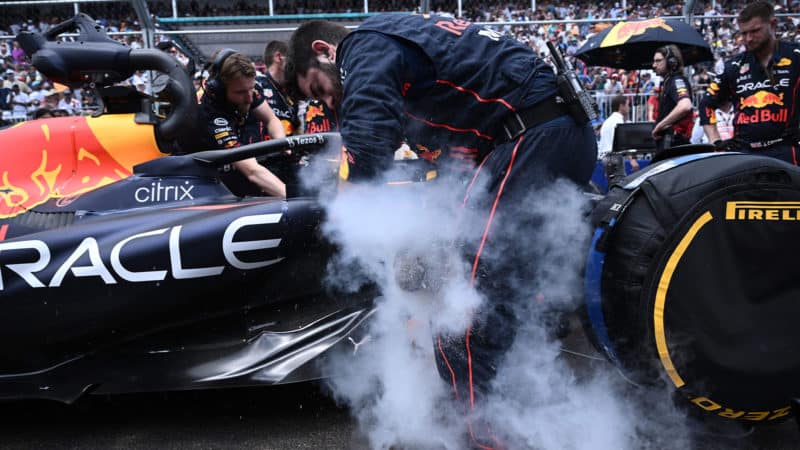
Drivers may get a final blast of dry ice before the formation lap
Brendan Smialowski/AFP via Getty Images
So keeping hydrated starts before a race, so drivers have more water in their bodies than usual. “It isn’t quite as simple as having the driver drink a couple of pints of water on the grid,” said Red Bull in a guide to keeping drivers cool.
“Not least of which because of the comfort considerations of spending two hours in car with limited suspension on a bumpy track with a full bladder.
“There needs to be a steady fluid intake over the course of several days, which is why you very rarely see a driver without a drinks bottle in the F1 paddock.”
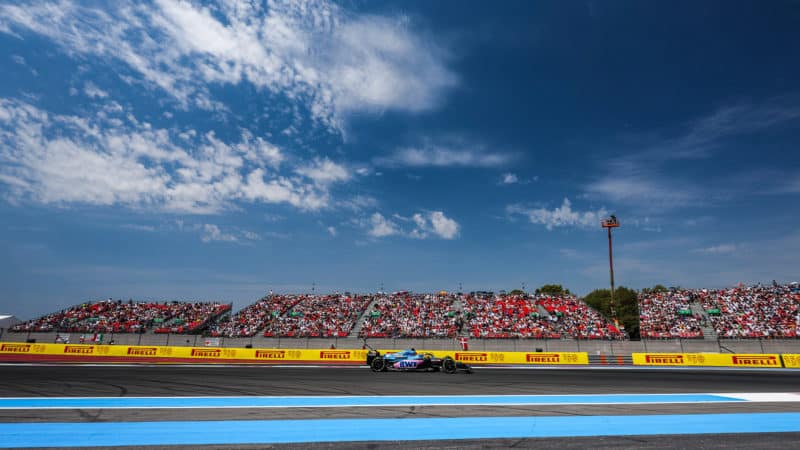
Paul Ricard temperatures are in the mid-30Cs
DPPI
Kelly says that drivers’ hydration is regularly monitored through urine checks and adjustments made to their regime as required. This includes more than just drinking water.
“Water alone doesn’t quite rehydrate you, it’s also the salts that are needed to be fully hydrated,” Kelly said. “Drivers will take a little tab or sachet of electrolytes and add it to their drink.
“Electrolytes are the natural salts within your body and they make sure your sodium balances et cetera are all correct so that you can function well.”
The resulting taste is notoriously unpleasant.
Once the Grand Prix is over, the race is on to replenish all fluids lost within an hour of the chequered flag. And then, it’s all likely to start again straight away as the F1 paddock — paddling pools and all — head for the hotspot of the Hungaroring.
